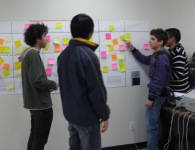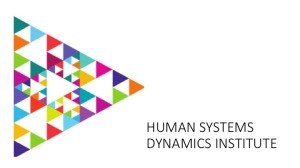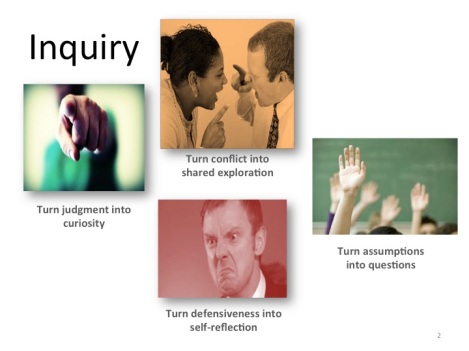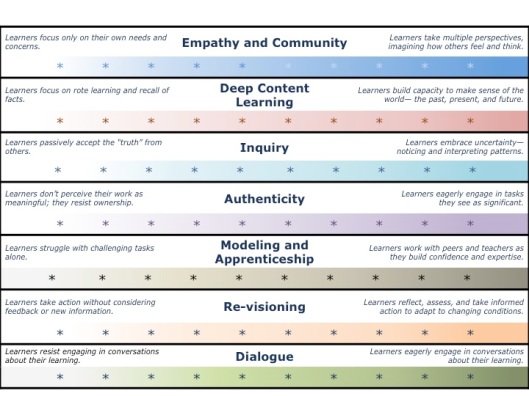In a human system, most of us follow a short set of “simple rules” that set conditions for the patterns we want to see across the whole system. These rules may be explicit or unspoken; they emerge from the system and work for everyone in the system over time (unlike “norms” that we might decide to follow for a particular event or in a particular context). In Radical Rules for Schools, we suggest some examples of these “rules” that seem to set conditions for authentic inquiry where everyone is learning. One of those rules is this: Engage in joyful practice!
Recently, we asked colleagues to tell us how they sustain joy in their work–even in the face of oppressive mandates and urgent student needs. Jane Trkay, Lewisville, Texas, a Teacher Consultant in the North Star of Texas Writing Project and teacher of students who are learning English, writes that her joy is in the details–not the big picture:
So much of education focuses on the big picture: the curriculum, lesson plans, preparing students to pass the “big” test, data in large quantities, accountability ratings. But often, I feel that tackling these issues can be overwhelming – especially when teaching ELLs, and even more so, those ELLs who are entering this country as high school students. I have very little time to prepare them for tasks that some students, who have only ever spoken English, sometimes have difficulty completing successfully. Even the students who are motivated and have been well educated in their native countries come to us with a deficit – they don’t speak English.
If I think about the big picture – filling in missing background knowledge in addition to providing the skills and knowledge for their current grade level, it would be difficult to muster up any joy. So, I have learned to focus on the little things.
It’s rare that I get to celebrate a great SAT score or entrance into a highly selective university with my students. Instead, what we celebrate is that the student made it to school for two weeks in a row without being tardy or absent. Sometimes we celebrate that he or she turned in a completed assignment on time for the first time. Sometimes we celebrate that the student read a whole book in English even if it was only 30 pages long and had pictures. Sometimes we celebrate that the student wrote a whole paragraph with no grammatical errors. And sometimes we celebrate that the student spontaneously and voluntarily spoke up in class.
 Maybe this is what all teachers do. We spend our days subconsciously tucking away all those little details that become our source of joy. You’d never be able to quantify or attach dollar signs to our small celebrations, nor gather all our details into an in-depth report full of data, percentages, or graphs and charts to be used for or against the latest political movement. But they certainly are what get us through the door every day.
Maybe this is what all teachers do. We spend our days subconsciously tucking away all those little details that become our source of joy. You’d never be able to quantify or attach dollar signs to our small celebrations, nor gather all our details into an in-depth report full of data, percentages, or graphs and charts to be used for or against the latest political movement. But they certainly are what get us through the door every day.
–Jane Trkay, April, 2015






